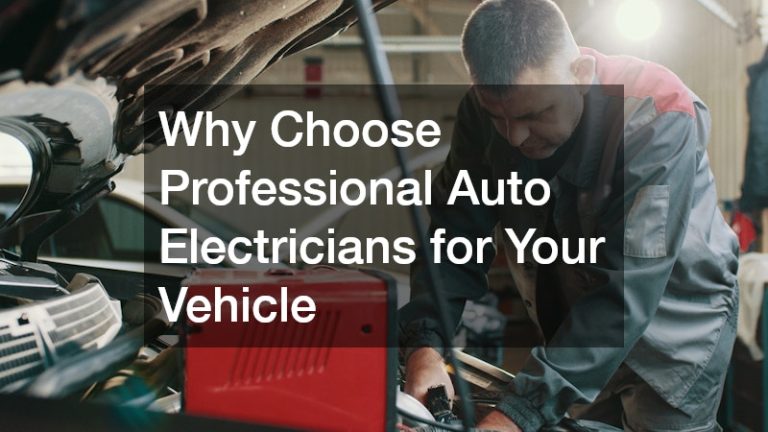
However, incorrect usage can lead to safety hazards, damage to cargo and costly downtime. Whether you’re an operator, business owner or fleet manager, understanding the common pitfalls can help you maximise safety and efficiency.
Here are five frequent mistakes people make when using a tilt tray—and how to avoid them.
1. Failing to Secure the Load Properly
One of the most common—and dangerous—mistakes is inadequate load restraint. Australian law requires that all loads be properly secured before transportation. Yet, many operators rush through this process, leading to unsecured or loosely fastened equipment. This can result in shifting loads during transit, increasing the risk of accidents, cargo damage or penalties for non-compliance.
To avoid this, always use appropriate tie-downs and check that all equipment is rated for the load type. Ensure that chains, straps or restraints are tensioned correctly and are not worn or damaged. For vehicles, engage the handbrake and consider using wheel chocks for extra security.
2. Ignoring Weight Limits & Load Distribution
Every tray has a maximum load capacity and exceeding it puts undue strain on the hydraulic system, brakes and tyres. Overloading not only risks mechanical failure but may also breach legal weight limits, particularly on public roads.
Equally important is how the weight is distributed. Uneven weight can cause instability during loading, tilting or transport, especially on inclines or uneven terrain. Always consult the carriers load chart and position the cargo to distribute weight evenly across the tray. For machinery with unusual weight centres, such as forklifts or excavators, extra care must be taken.
3. Operating on Unsafe or Uneven Surfaces
Tilting platforms require a stable ground to function correctly. Trying to operate on sloped, soft or uneven terrain is risky, especially when tilting the tray for loading or unloading. The hydraulic system may struggle to lift or lower the tray smoothly and the load can become unstable.
Before commencing work, assess the area for suitability. Check for soft patches, loose gravel or steep gradients. If you’re operating in less-than-ideal conditions, use stabilising equipment such as wheel chocks or ramps. When in doubt, consider repositioning the vehicle to a safer area before initiating a tilt.
4. Skipping Pre-Use Checks & Maintenance
Routine maintenance and inspections are essential for safe tilt tray operations. Unfortunately, many operators overlook basic pre-use checks, assuming everything is in working order. This can lead to preventable failures, such as hydraulic leaks, malfunctioning winches or faulty restraints.
A standard pre-operation checklist should include:
- Inspecting hydraulic lines for leaks
- Checking the winch, cables and control systems
- Verifying that the tray tilts and retracts smoothly
- Ensuring lights, indicators and brakes are functioning
- Confirming load restraint devices are intact and available
Regular servicing, as outlined in the manufacturer’s guidelines, is also crucial. This includes changing hydraulic fluids, checking alignment and replacing worn components.
5. Inadequate Operator Training

Operating a tilting platform might seem straightforward, but it requires a solid understanding of mechanical functions, safety procedures and road regulations. Undertrained or inexperienced operators are more likely to make critical mistakes, from improper load handling to misjudging the tray angle.
Australian safety regulations mandate proper training and certification for heavy vehicle operation. Investing in professional training programs for your team ensures they understand not only the mechanics of the sliding tray but also legal obligations and emergency procedures. Refresher courses and toolbox talks can reinforce best practices and keep skills sharp.
Avoiding these common mistakes is not just about protecting equipment—it’s about ensuring safety, meeting legal standards and maintaining a professional reputation. A conveyor belt is a powerful asset when used correctly, offering reliable performance across various applications. But like any tool, it demands respect and knowledge.
Whether you’re transporting a broken-down car or shifting construction machinery, taking the time to secure the load, understand weight limits and maintain the equipment can make all the difference. Ensuring your operators are well-trained and vigilant can prevent costly errors and accidents.
Incorporating these simple precautions into your daily operations will help you get the most out of your tilt tray—safely and efficiently.




